‘IoT proving its worth to rail industry at a time of crisis’

A crisis such as the current corona pandemic shows how dependent vital processes are on manual operations. According to tech companies, it would be good to learn lessons from this period and so make more use of technology, such as the Internet of Things (IoT). “If there were sensors across the whole network now, more railway staff could work from home.”
At the moment, people in the Netherlands are working from home as much as possible, to minimise the risk of infection. For many tasks and jobs in the rail sector, however, working from home is an impossibility. This is not because of the technology, explains Dual Inventive Director Lex van der Poel. “Most solutions are available, but until now it has taken longer than necessary for them to be fully implemented. It would be nice if we could use something negative like coronavirus in a positive sense to stimulate innovation in the sector. Technology has always been a critical factor, but no longer, as in recent years, it has become more reliable. By utilising technology you can limit the human factor, which immediately makes the rail network more robust.”
Measures leading to greater efficiency, such as the introduction of image capture trains, have already been taken in recent years, note Steven Woudenberg, Manager of Advanced Analytics, and Clemens Schoone, Business Consultant at Asset Insight. “These have already reduced a bit of the reliance on manual actions. Because of coronavirus, the need for a reduced reliance has become stronger. Having said that, it’s important to safeguard the knowledge of those who conduct manual work, and to ensure that there are enough domain experts to implement developments in innovation, digitalisation and IoT in the coming years.”
Fewer people
Alongside working remotely by making greater use of sensors and equipment connected via the internet or other means of communication, the IoT can also help to get more work done with fewer people. As many studies have shown, because of the ageing population it will be more and more difficult to find enough suitable employees in the future. In other words, while right now people are unavailable due to sickness or self-isolation, in the coming years the shortages will be structural. Some, such as the UK infrastructure manager Network Rail, believe that these shortages can be at least in part overcome by technology. The average age of the organisation’s 60,000 employees is relatively high, which is why it has chosen to quickly innovate with digital systems.
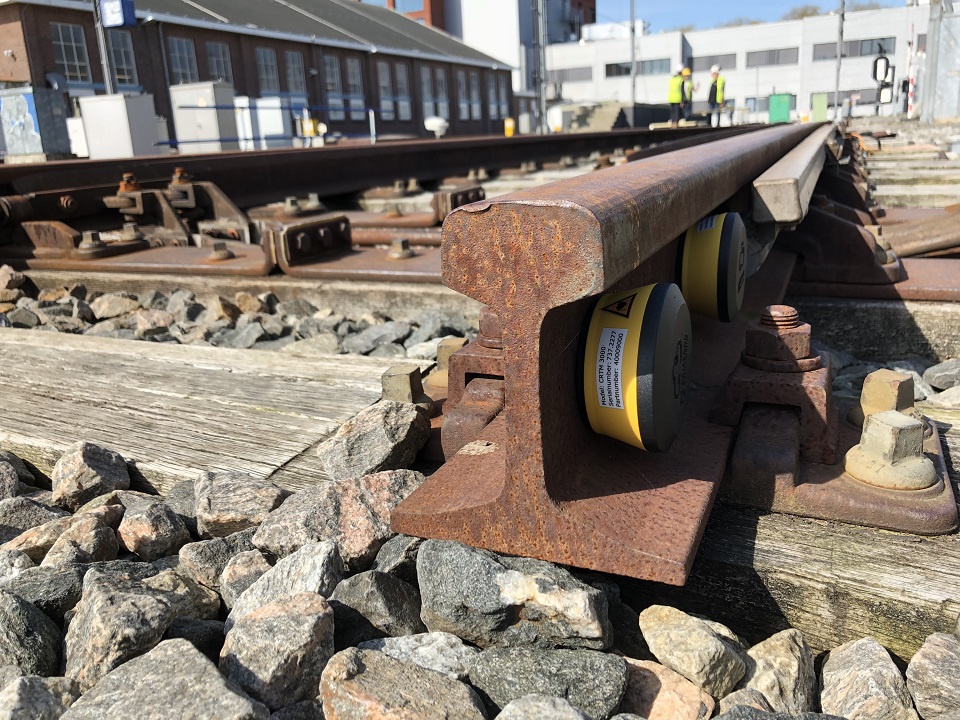
Van der Poel: “There is more manual work done in the UK than in the Netherlands. There, the ground on which the track is laid is of poorer quality, and the climate is more difficult to manage. That’s why, every day, many engineers are sent out to many locations across the network to manually measure temperatures and vibrations. Consequently, they have much to gain by introducing remote monitoring. In the Netherlands the tracks are in better shape, meaning that the implementation of IoT innovations is somewhat slower here.”
“Here, you can see that contractors and ProRail are pointing the finger at each other and waiting for the other party to make the first move. I would expect that, in the coming months and years, ProRail will take the lead and will implement with the market. In Germany, DB Netze is already focusing a lot on the IoT. They are very aware that technology is the only way to deal with the drop in staff numbers. Indeed, at their own symposium last year, they asserted: “When we think about the future. Then technology is the answer.”
Physical contact
What are some good examples of IoT applications on the railway? The main ones involve monitoring infrastructure and trains through sensors, cameras and lasers. This means that there is no need to close a line to let an engineer check if anything is wrong, followed by another engineer coming to see what the problem is, and a third to actually resolve the problem. Similarly for rolling stock: it needs to go back to the workshop for periodic maintenance and inspection much less frequently. With the help of the IoT, infrastructure can be monitored from behind a desk and can be inspected remotely if any abnormalities are spotted, so engineers only need to go onto the track for actual repairs or maintenance.
Another example is the Digital Safety Passport (Digitale veiligheidspaspoort, or DVP), which track engineers can log into via their own mobile phone. As a result, paper forms and physical contact with others are no longer necessary. The DVP can be used to a much greater extent than it is now.
Many of these examples are slowly being introduced, but often this involves experiments to see what is possible. Until now, quick and extensive roll-outs have not been necessary, but maybe they are now, so the railway will be fully digital and ‘connected’ the next time it faces staff shortages.
Algorithms
According to Steven Woudenberg, there are already a vast number of ways you can remotely determine the maintenance status of certain assets using various sensors. “With predictive algorithms you can work more quickly and proactively to prevent possible defects. These are already starting to be used, but the rollout needs to be much faster. England is a good example of where they are already much further on with the use of these techniques.”
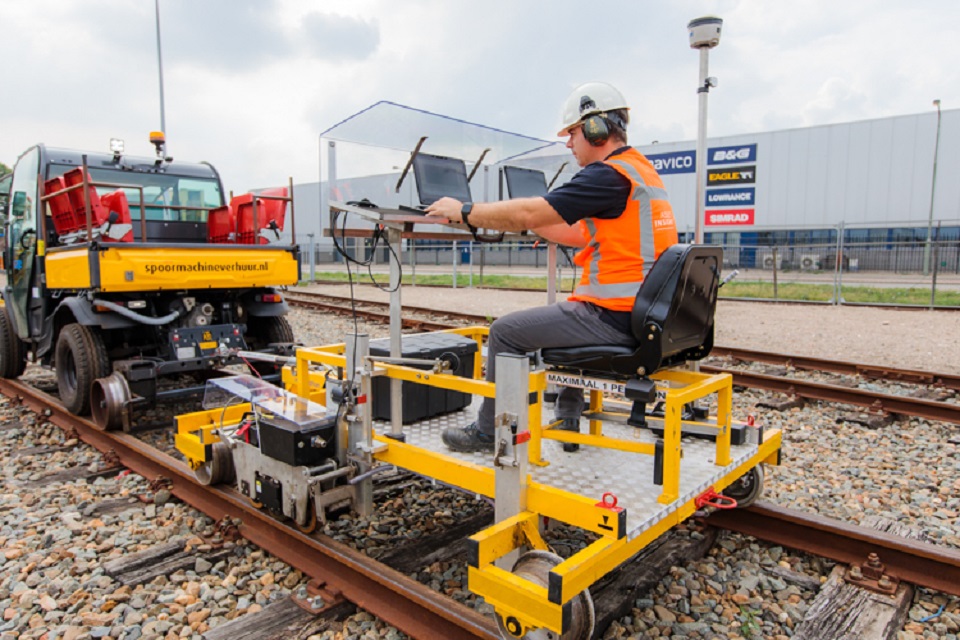
Woudenberg also believes that techniques such as the automatic recognition of track damage should be higher up on the agenda. Image capture “is an already existing technology that makes it much easier for people to work at home. Using new techniques, such as precise measurement of damage smaller than 5 mm with Eddy Current, the next steps can be taken towards prescriptive maintenance. With this, if there is another big crisis or pandemic, ProRail and its contractors can implement an optimally defined maintenance plan on the basis of data (such as a revised timetable) to safely keep the Dutch rail network up and running.”
Maintenance and measurement
Tech companies believe that there are two main ways in which the relative quiet on the network at the moment can be put to good use. Firstly there is the chance to carry out maintenance and repairs with minimum hindrance for passengers and rail operators. Secondly, it is now possible to get to locations that are normally difficult to reach, in order to collect data through measurements.
“It’s useful to take good measurements. Furthermore, continuing to take measurements at the moment helps with the development of models, as it provides clarity around what impact a drastic reduction on the use of the network has on all assets”, explain Woudenberg and Schoone from Asset Insight. “We can take measurements with our train Watson, which generates high-quality video images combined with 3D point clouds to create the surroundings in a digital world.”
Read also:

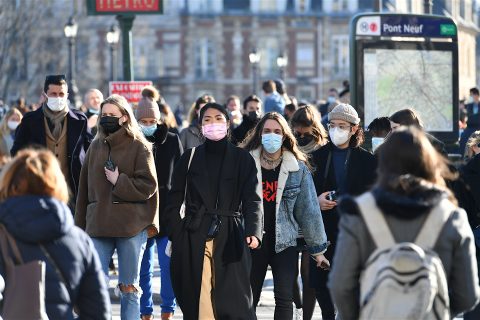
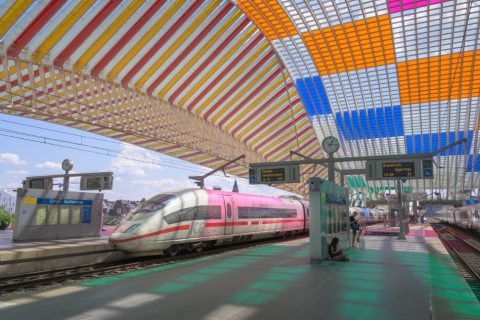
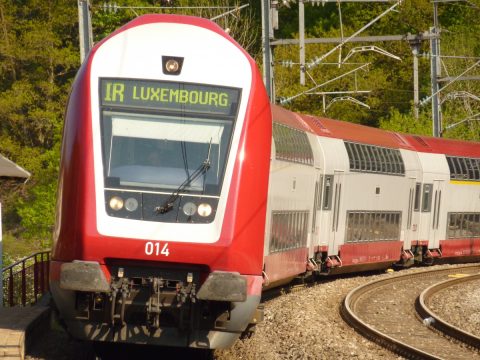
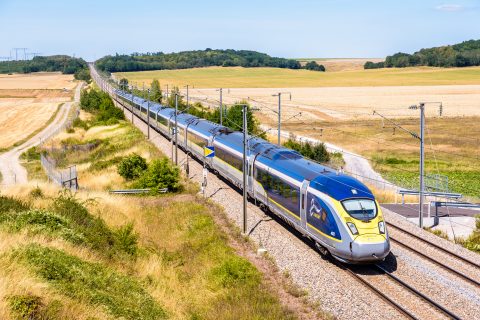
Great post. Iot is a proven a game-changer in the current crisis.